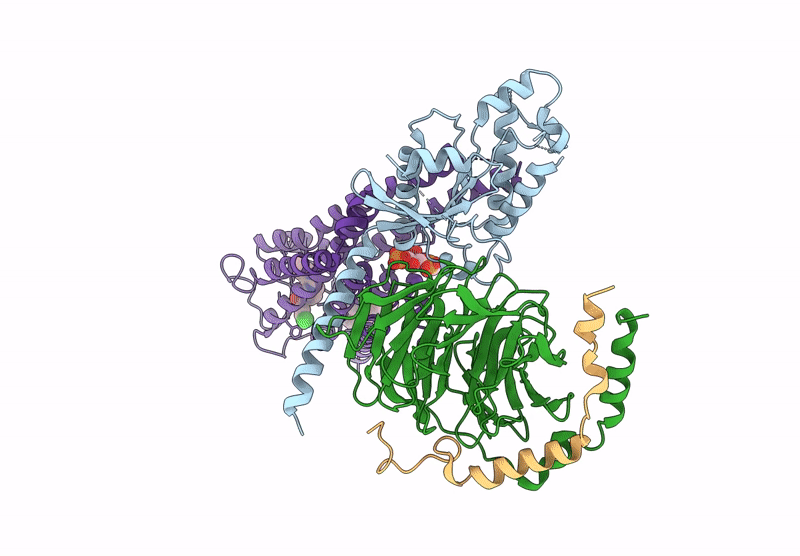
Deposition Date
2024-08-26
Release Date
2025-07-02
Last Version Date
2025-07-09
Entry Detail
PDB ID:
9GL2
Keywords:
Title:
Befiradol-bound serotonin 5-HT1A receptor - Gs Protein Complex
Biological Source:
Source Organism:
Homo sapiens (Taxon ID: 9606)
Host Organism:
Method Details:
Experimental Method:
Resolution:
3.20 Å
Aggregation State:
PARTICLE
Reconstruction Method:
SINGLE PARTICLE


